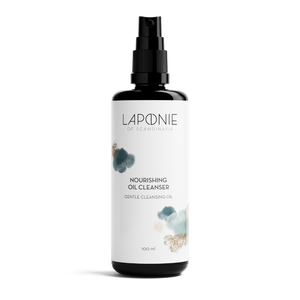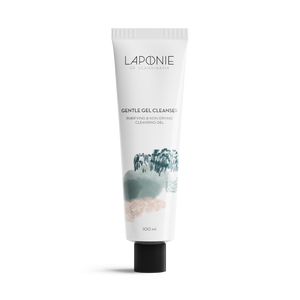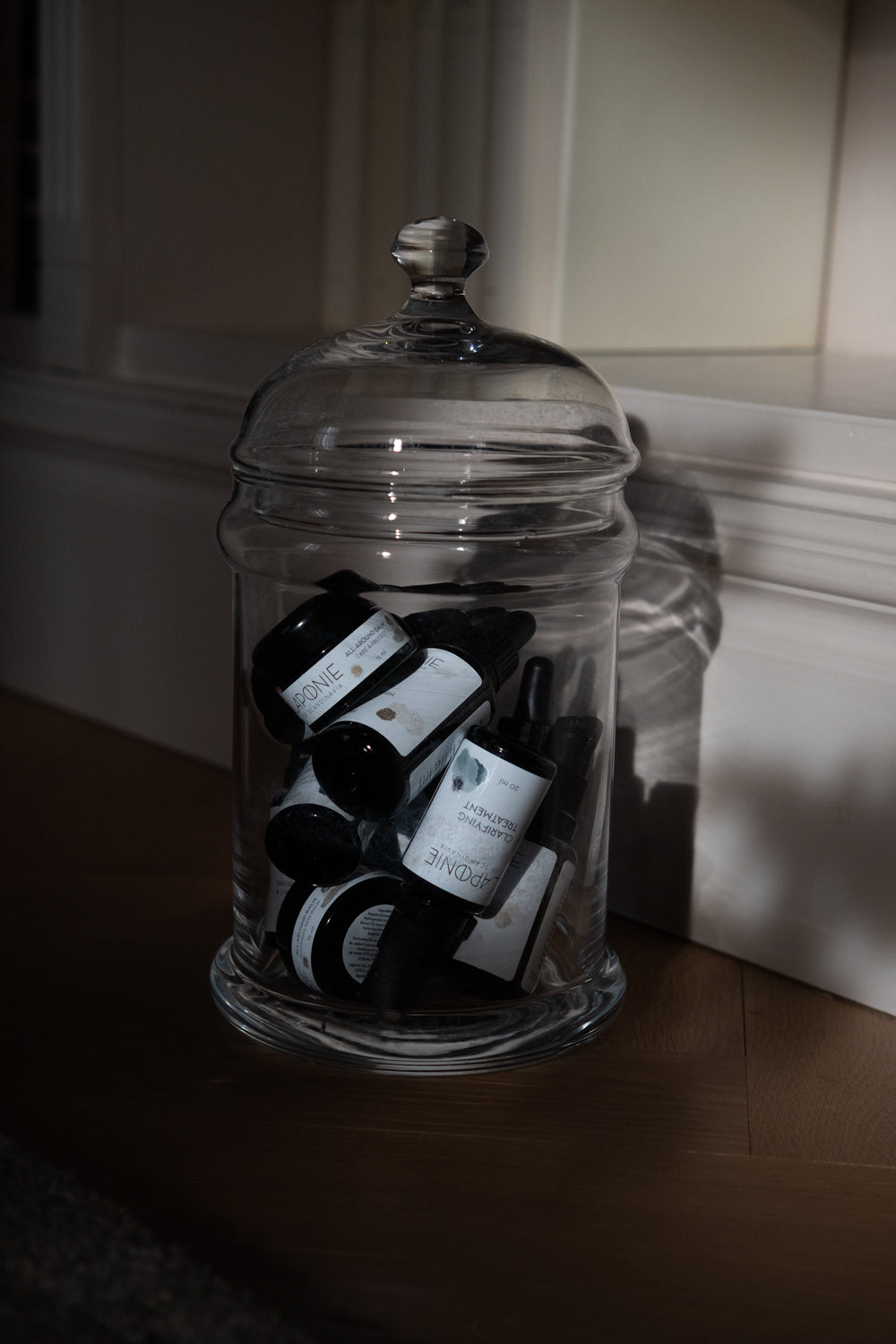The history of sunscreen
The idea of protecting one’s skin from harmful ultraviolet (UV) radiation is thousands of years old.
The first sunscreens were concocted in ancient Egypt in 4000 BC. They used lupine, jasmine and rice bran extracts. These would give a very low if any SPF rating according to today’s standards.
Ancient Greeks used olive oil, which would give a maximum SPF of about 8. They also mixed the olive oil with sand. Next came lead- and mercury-based powders, velvet face coverings and finally, benzyl salicylate in 1928.
The effects of UVA radiation were discovered only in 1969. The first UVA filters were based on avobenzone and were extremely rare until the 90s. This is probably one of the reasons so much of sunscreen misinformation persists – we have made significant strides in just the last 30 years.
Why wear sunscreen?
There is a variety of reasons to wear sunscreen. The most important is to help prevent certain skin cancers. Additionally, wearing sunscreen delays the onset of wrinkles, hyperpigmentation, loss of skin elasticity and other signs of aging. Many inflammatory skin conditions, including acne and rosacea, can be exacerbated by UV radiation. This means that sunscreen is beneficial for everyone.
For infants up to 6 months of age, it is recommended to use protective clothing instead of sunscreen. We recommend you consult your pediatrician.
While European countries get very limited sunshine compared to other parts of the world, skin cancer rates are still high. Denmark, The Netherlands, Norway, Sweden, Switzerland, Germany and Finland all unfortunately feature in the top 10 countries by the incidence of melanoma skin cancers.
It is important to note that while sunscreen does help prevent certain skin cancers, some skin cancers are not influenced by sun exposure. Perhaps the most famous example is the acral lentiginous melanoma (ALM) which took Bob Marley’s life. ALM is overall rare but more common in people of color.
Thus, it is important to get any odd-looking moles checked by a dermatologist. American Academy of Dermatology recommends the ABCDE mnemonic to self-estimate which moles should be checked out. A is for asymmetry, B is for (poorly-defined) border, C is for (varying) color, D is for diameter greater than 6 mm and E is for evolving shape, size or color.
When to wear sunscreen?
The World Health Organization recommends wearing sunscreen whenever the UV Index is 3 or higher. If one’s goal is to delay the onset of skin aging as much as possible, wearing broad spectrum sunscreen daily to protect against UVA radiation would be ideal.
Certain skin conditions (rosacea, acne) may benefit from UV protection even at low UV Index days. We recommend discussing sun protection strategies with your dermatologist.
How much sunscreen should I apply?
2 milligrams of sunscreen per square centimeter of skin is used in SPF testing. This works out to about ¼ teaspoon or 1.25 ml of sunscreen for just the face, or about a shot glass (35-40 ml) of sunscreen for the whole body.
It is very important to apply sunscreen evenly and reapply every 2 hours. Any rubbing or contact with water is also reason for reapplication. After application, it is important to wait for the sunscreen to dry down and form a film (~10 min), so that it can work optimally.
UVA, UVB, UVC – what’s the difference?
We are used to thinking of the Sun as a nice warming star. It is physically, like many stars, a natural nuclear reactor. The UV radiation created by the Sun is divided into three categories by wavelength: UVA, UVB and UVC.
UVC radiation luckily gets blocked by the atmosphere, it would be deadly to all life on the planet. UVC lamps are sometimes used as germicides.
UVB radiation is commonly called the “burning” radiation, although now UVA rays are also thought to play a role in tanning and sunburns. UVB is largely blocked by glass.
UVA radiation is commonly called the “aging” radiation, as they penetrate deepest into skin and are the main cause for wrinkles and loss of skin elasticity. UVA penetrates glass.
What’s the difference between organic and inorganic UV filters?
There is a common misconception that chemical (organic, in chemistry terms) UV filters absorb while mineral (inorganic) UV filters reflect UV radiation. In reality, the functioning mechanism of the two types of filters is largely the same. Mineral UV filters reflect only about 5% of UV radiation.
This misconception likely comes from the arbitrary difference we make between chemical and physical reactions inside molecules. The type of absorption organic UV filters perform is commonly called “chemical” while the very similar absorption of UV radiation energy in the band gaps of inorganic UV filters is called physical. This has to do with who historically, chemists or physicists, researched these topics.
What is zinc oxide?
Zinc oxide (ZnO) is a crystalline inorganic (mineral) white powder that finds use in a large array of applications as a bulking agent, white pigment, UV filter as well as a medication for irritated skin.
The crystalline nature of zinc oxide means that the shape and size of the powder particles defines its physical properties, including UV absorption. For sunscreens, most ZnO used is coated with protective materials (such as dimethicone) to increase stability.
Thus, the concentration of ZnO needed for adequate sun protection highly depends on the specific raw material.
Since zinc oxide is also used to help soothe angry skin and does not generally cause skin reactions, we chose it as our sole UV filter. Another benefit of zinc oxide is that it usually does not cause eye sting.
What’s the difference between SPF 30 and SPF 50+?
A common sunscreen myth is that SPF 30 is only 1% better than SPF 50+ at protecting from UV radiation, thus there is no point in using higher protection.
This is a flawed logic. Sun Protection Factor (SPF) is defined so that is would never reach 100% protection. Instead of thinking of the percentage of protection, we should be thinking of the percentage of exposure. This is what the SPF numbers reflect, SPF 50+ lets through half the amount of UV radiation compared to SPF 30.
It helps to imagine sunscreen as an umbrella – the higher the SPF, the smaller the holes in the umbrella.
It is often said that SPF means how much longer one can stay in the sun, but this is not true. When sun protection is measured in the lab, a fixed dose of UV radiation is used. In real life, UV radiation changes throughout the day, seasons and geographical locations. One may get a sunburn in 15 minutes in the morning but much faster, even with sunscreen, at midday.
Another reason to use as high SPF as possible are multiple real-life case studies showing that even SPF 100+ is more protective than SPF 50+. The studies mention that wearing either sunscreen can still lead to sunburns, especially because no re-applications were mandated.
Other sun protection strategies
It is important to remember that while sunscreen is an absolutely brilliant invention, there are additional sun protection strategies one should use. This is especially because sunscreen only protects well when it is uniformly applied.
Australians have a catchy “Slip! Slop! Slap! Seek! Slide!” slogan to remind people to slip on a shirt, slop on sunscreen, slap on a hat, seek shade and slide on sunglasses.
Safety
Both the environmental and human safety of zinc oxide in personal care products have been extensively studied. The use of zinc oxide in sunscreens in most areas, including Europe and the USA, is allowed at up to 25%.
Cosmetic products have a very high bar for safety – generally, the maximum allowed concentration has to be at least a hundred times smaller than the no-observed-adverse-effect level. This is a hundred times higher margin of safety than for drugs.
The European Commission’s Scientific Committee on Consumer Safety (SCCS) is regularly evaluating new safety data for nano-sized ZnO. Since 2016, when zinc oxide was first approved as a UV filter, they have updated the definitions and added various exposure scenarios. However, none of this has changed the allowed rate of (nano) zinc oxide – 25%.
Some experimental research has shown how high concentrations of sunscreen in a closed tank can harm corals. This, however, is not extrapolatable to real life. According to leading marine biologists, climate change is the cause for coral bleaching, not sunscreen.






